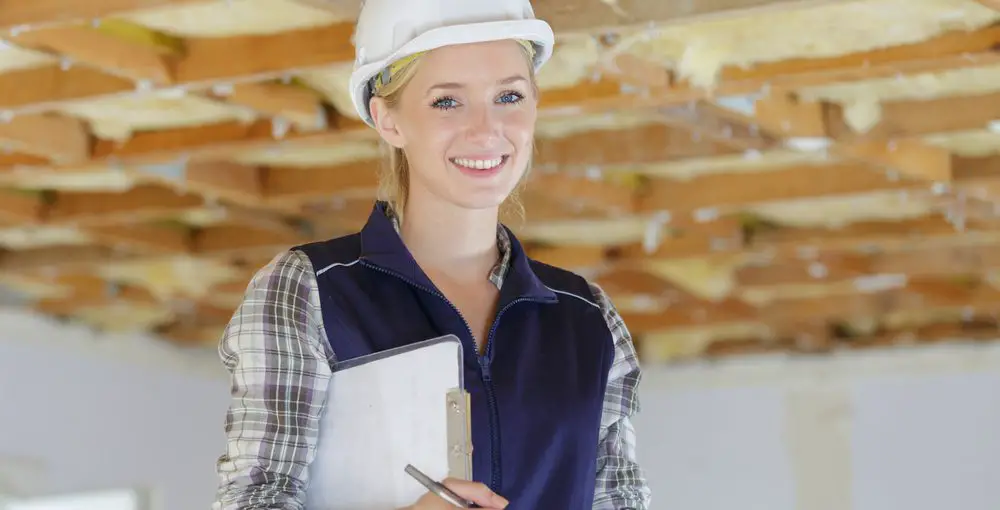How to Keep Your Crawlspace from Becoming a Hotbed for Allergens
Perhaps when you initially settled into your home, all seemed perfect and each night was a haven of tranquility. However, as time passed, you’ve started observing something concerning your living space—perhaps you’ve realized you’re frequently suffering from a stuffy nose, encountering headaches, or possibly facing symptoms reminiscent of hay fever.
But what could be going on? Maybe you stay on top of replacing your HVAC filter. Perhaps you even have an air purifier in your bedroom. So, what’s making it seem like allergy season inside the safety of your home? Many homeowners might not suspect it—but there’s a good chance that your home’s indoor air quality is being flooded with allergens from your crawlspace!
How Does a Crawlspace Become a Source of Allergens?
A crawlspace is meant to keep your home’s ground floor away from the soil and the moisture within it. They usually have vents to encourage air circulation to keep it dry. However, this design doesn’t work as well as intended. If your home is in an area that gets long rains, flooding, or even just has a humid climate, your crawlspace can become a trap for moisture and water.
As water puddles evaporate and humid air flows into the crawlspace, the building moisture can soak into the wooden support structures of your crawlspace. Crawlspace floor joists and support beams can become riddled with mold and wood rot. Meanwhile, all that moisture and damp wood can become a draw for pests like termites, ants, and dust mites. While problems like wood rot and termites can cause a lot of structural damage, other crawlspace problems can lead to an increase of allergens in the air. Here are some of the allergen sources that can be present in your damp crawlspace…
- Mold
- Dust mites
- Rodents
These are just three of the common ways that a damp crawlspace can become a hotbed for allergens. Mold spores, dust mite fecal particles, and even rodent dander and dropping—these are all able to trigger allergic reactions in people. Even if you’re not allergic, these can potentially lead to allergies via prolonged exposure.
How Do Allergens Go from the Crawlspace to My Living Space?
Due to a difference in air pressure within your home versus the outside, air tends to get sucked in and moved upward from your lowest level to your highest floor. This is known as the Stack Effect. Unfortunately, that means whatever is in your crawlspace is going to be carried upwards in your living space. Mold spores and dust mite fecal particles are just two allergens that are small and light enough to be carried by the moving air.
Meanwhile, rodents may forage out from your crawlspace and into your living spaces, leaving behind droppings, urine, and dander along the way.
A Dry Crawlspace Makes a Healthier Home
Just because your home’s indoor air is getting saturated with various airborne allergens, it doesn’t mean it has to stay that way. As described above, the root of the problem is the moisture and water in your damp crawlspace. By managing your crawlspace’s moisture levels and by keeping groundwater out, mold won’t have a chance and pests will feel discouraged to invade. There are two measures that you will want to consider in protecting your crawlspace against moisture and groundwater…
- Crawlspace Encapsulation: This process will keep moisture vapor out of your crawlspace with the help of a vapor barrier lining. Other measures may be required including sealing crawlspace vents and any gaps around piping that’s going through your crawlspace wall to reach outside. This keeps moisture from reaching your wooden crawlspace structures.
- Crawlspace Waterproofing: This is to help manage the presence of water in your crawlspace. If your crawlspace tends to form puddles or flood whenever it rains, you’ll want to have your crawlspace waterproofed so that all that groundwater can be moved out and away from your home.
Having your crawlspace waterproofed and encapsulated can provide all-around protection against excess moisture and water-related problems. It is recommended that your crawlspace also be conditioned by a crawlspace dehumidifier—it can provide that extra line of defense in extracting any water from the air in your crawlspace.
Make Your Home Healthy Again, Call a Crawlspace Expert
While it is possible to encapsulate your crawlspace on your own, an experienced contractor in crawlspace encapsulation and crawlspace waterproofing can offer both specialized expertise and industry-grade products that are made to last. It is recommended that you consult a crawlspace expert that has many years of experience, positive reviews that you can easily find, and a strong warranty to back their work.


